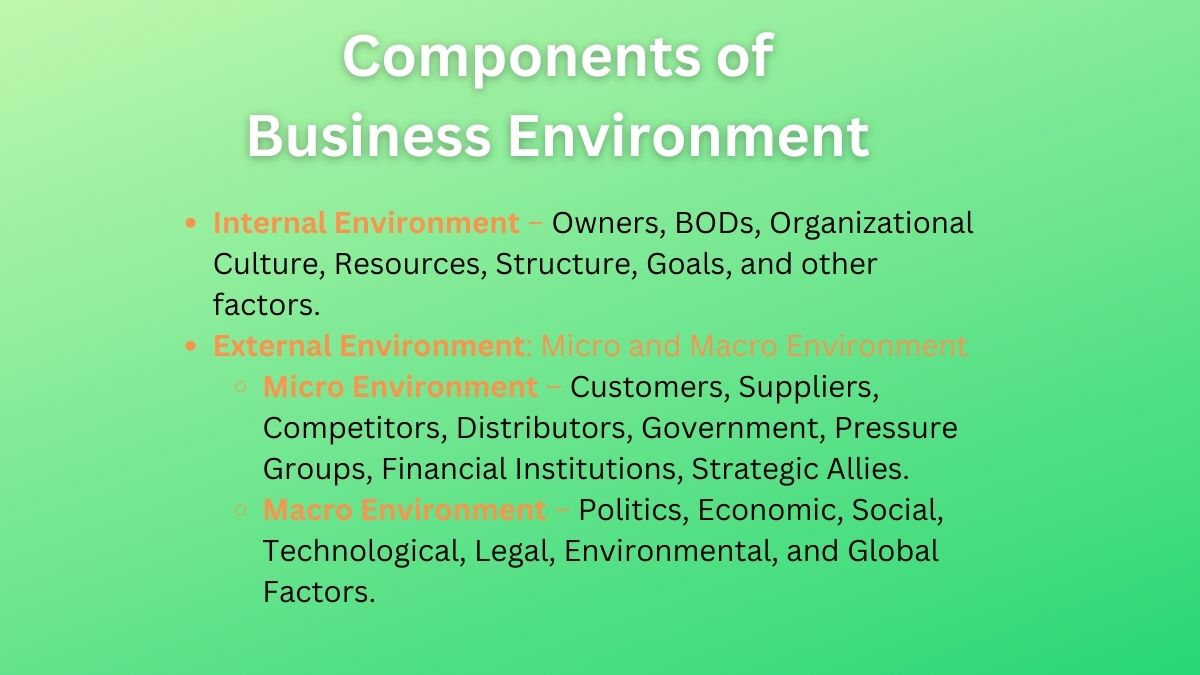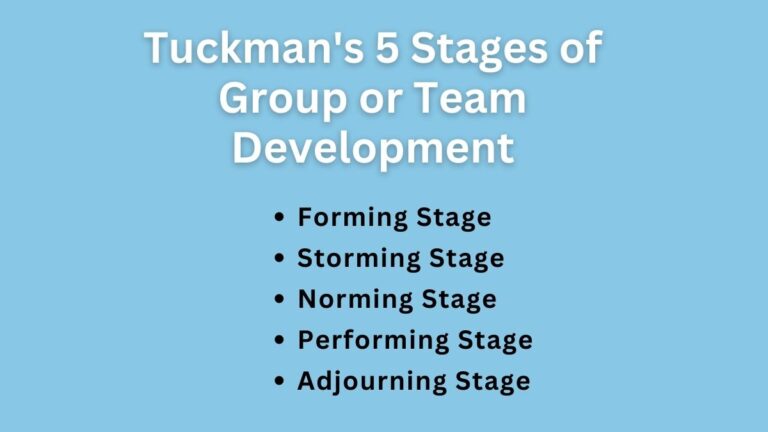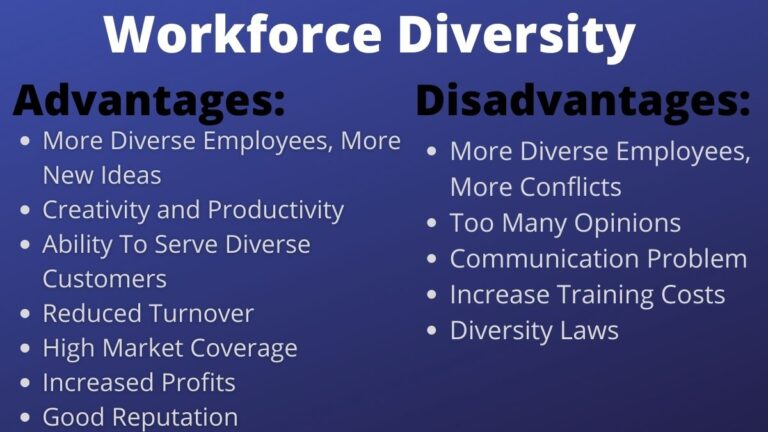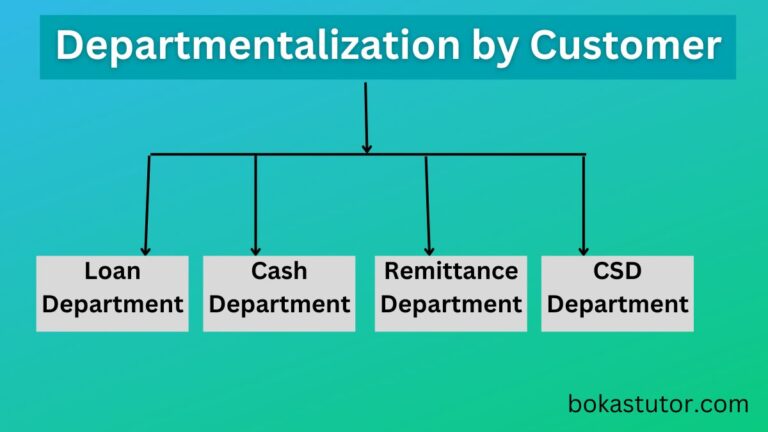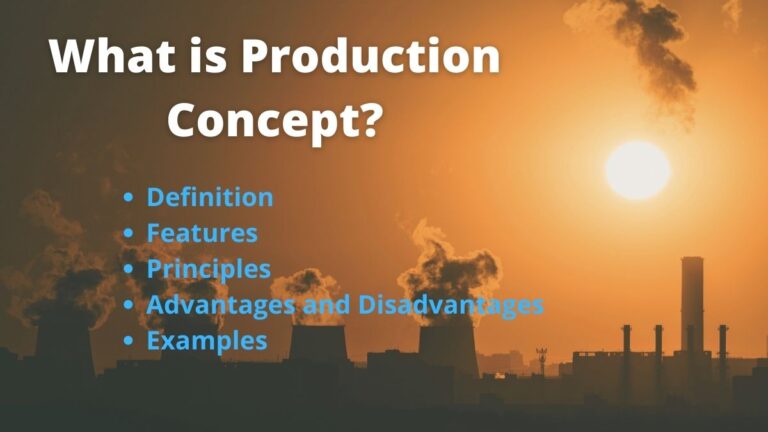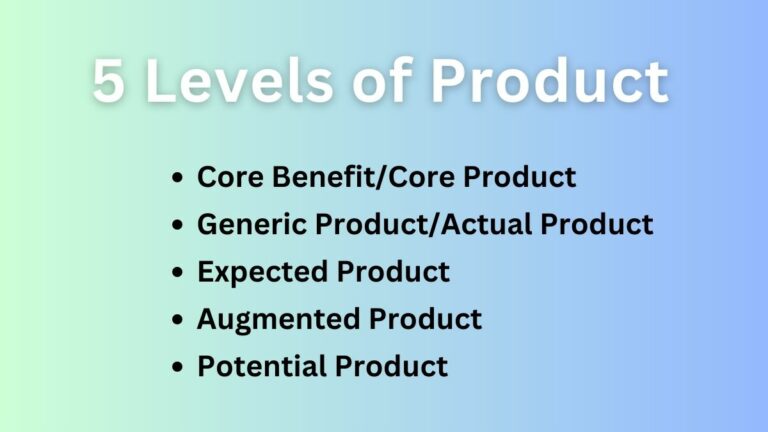22 Components of a Business Environment (Explained)
Components of Business Environment
Components of business environment mean all the factors, forces, and institutions that could have a direct and indirect impact on the performance of an organization.
Types of business environments include two – internal and external environments. The internal environment consists of factors that are controllable but externals are not by the hand of managers.
The components/types of the business environment may be pointed out below:
- Internal Environment – Owners, BODs, Organizational Culture, Resources, Structure, Goals, and other factors.
- External Environment: Micro and Macro Environment
- Micro Environment – Customers, Suppliers, Competitors, Distributors, Government, Pressure Groups, Financial Institutions, Strategic Allies.
- Macro Environment – Politics, Economic, Social, Technological, Legal, Environmental, and Global Factors.
Let’s understand each component of the business environment in detail.
Internal Environment
Every organization has its own environment consisting of different factors which are known as the internal environment. It is the conditions, factors, and facts within the organization.
The internal environment reflects the strengths and weaknesses of an organization. Factors/components of the internal business environment are controllable as such you can employ them as you see fit for your organizational prosperity. The following are the components of internal environment:
Owners
Owners are the investors who have legal rights to the property and assets of a business. They can have a direct interest in organizational welfare and prosperity.
In sole trading, they are sole proprietors, and in partnership and in joint stock they are shareholders. The owners may be directly or indirectly involved in the management of the firm, depending on the size and nature of the enterprise.
Board of Directors (BODs)
The BODs are the shareholders’ representatives who actively participate in running the business on a daily basis. It is their duty to manage the company in a way that benefits shareholders and other stakeholders. They assist in the creation of organizations’ long-term goals and business strategies.
Organizational Resources
Organizational resources include human resources, technology, capital, raw materials, information, and other tangible and intangible assets.
Every business needs some resources to effectively and efficiently execute its operations. Among them human resources i.e. employees play a major role in appropriately mobilizing the other resources.
Organizational Structure
Organizational structure is the means of setting work and authority relationships. It includes the job design, hierarchy of authority, and authority-responsibility balance which clarifies what roles and duties employees have to do and for this what level of power they hold.
In addition, the organizational structure maintains a functional network among them while defining the formal relationships between superiors and subordinates. It is a way of carrying out plans and getting the intended outcomes.
Organizational Culture
An organization’s members can better grasp what the organization stands for, how it does its business, and what it values by following a set of organizational cultures.
It is a set of shared beliefs held by the firm’s participants. There is a set of values, signs, customs, and practices that have developed over time in any organization. Additionally, each organizational culture is distinct.
Organizational Goals
Organizational goals are the set of expected outcomes for which an organization is established. Every firm is established to achieve some goals and every organizational activity is directed to get the desired goals.
Other Factors
In addition to the owners, BODs, organizational goals, structure, resources, etc. other internal environment factors include informal organization, management style, leadership style, nature of the organization, etc. which also have an impact on organizational performance.
Related: What is Pestle Analysis?
External Environment
The external environment is a collection of factors that are outside the organization that have a potential impact on organizational performance.
The external environment of the business environment is made up of two further environments – a task, micro, or specific environment and a general or macro environment. The factors of both micro and macro environment have a potential impact on organizational performance, operations, and growth.
Micro/Task Environment
These are particular groups present in the task environment that can affect how well the organization performs. This environment has a direct and immediate impact on managerial decisions and actions and is directly relevant to the achievement of organizational goals.
Following are the common components of task environment of a business/organization.
Customers
Customers are the main target of any business firm. They are the buyers of your business products. Customers bring uncertainty due to the regular changes in their tastes and preferences. Keeping attention to the needs, tastes, and preferences of customers is an essential task.
Related: What is Consumer Product?
Suppliers
Suppliers are the organizations that supply the necessary materials to your firm which can be raw materials, employees, office equipment, and other resources to successfully run the regular operations. It is a must for your business to maintain a regular flow of needed materials at a reasonable price.
As such, if suppliers do not supply necessary materials in time and they also charge a higher price, it can directly impact your organization’s effectiveness.
Distributors
Distributors make it possible for your products delivered to the final consumers. It is necessary to keep healthy relationships with different middlemen and distributors to distribute the final products to the right customers in time.
Competitors
Competitors play an important role in today’s business environment to maintain the competition and quality of products. They are an unavoidable part of today’s open economy. It is essential that you should have the ability to foresee customers’ needs, and rivals’ strategies, and beat the competition in order to increase market share and earn competitive results.
Government
For the purpose of maintaining a favorable business environment, the government must establish new laws and regulations. All organizations must conduct their operations in accordance with the laws and policies set by the government.
The government may introduce new regulations that provide additional difficulties for your company’s operations in an effort to safeguard the public interest.
Pressure Groups
Pressure groups are special interest groups that especially work to promote and defend their common interest. They also have an immediate impact on the operations of a business.
Related: What is WorkGroup?
They basically raise their voice on society and customer welfare concerning the issues like price, product quality, waste management, etc. Such groups consist of labor unions affiliated with political parties, consumer associations, human rights activists, environmental associations, media, social institutions, etc.
Financial Institutions
For business establishment, expansion, and diversification, business organizations typically need finance. To meet their financial needs, they require both immediate and long-term funds. The presence of financial institutions and their rules have an impact on the terms and conditions of loan agreements, interest rates, credit policies, other fees, etc.
Strategic Allies
Strategic alliances are arrangements whereby two or more businesses collaborate in a joint venture to achieve specific objectives. Such allies assist businesses in gaining information and expertise from other businesses in order to develop new business ideas.
General/Macro Environment
The macro environment is also called the PESTLEG analysis. It includes all the conditions that are totally uncontrollable by the manager.
As compared to the micro-environment, the macro-environment has a far-reaching impact on your business performance. Understanding the components of the macro-environment can help you to better know the prospective opportunities and threats your business could face.
The components of the macro-environment include – shortly called PESTLEG are mentioned below.
Political Factors
Political factors include the likely impact of the government and political actions and decisions on the operations and performance of the organization. It includes factors like political stability, political philosophy, tariff & non-tariff barriers, government tax policies, government-business relationships, etc.
Take an example of political philosophy – democratic politics is favorable for private companies whereas totalitarian politics does not consider freedom in the economy – everything is under the control of the government.
Economic Factors
Economic factors include a nation’s aspects like GDP, employment, economic policies, income level, the balance of payments, economic systems, inflation, interests, etc. These factors have a direct impact on the profitability of the organization.
A stable economy is desirable to every organization. As such in an unstable economy, there seems lower success of a business.
Socio-Cultural Factors
Society’s and people’s values, norms, habits, lifestyle, traditions, culture, attitudes, buying behavior, language, taste, education, etc. come under the sociocultural components of the business environment. All these components are adaptable, shared, and interrelated.
These elements determine the standards, goods, and services that society is most likely to value. These factors could both present possibilities and difficulties for the organization’s business operations. Managers must therefore continuously keep an eye on how the sociocultural environment is changing.
Technological Factors
Technological factors determine how the development and innovation in technology affect the performance of organizations. It focuses on machines and equipment, the transmission of information, new techniques and processes, and research and development necessary to transform the resources into finished products.
The manufacturing and distribution systems have seen significant changes as a result of innovation in automation, robotics, computerization, and digitalization. Therefore, it is essential for managers to be aware of technological advancements in their particular line of work, and in order to do so, they must be in regular contact with these developments.
Legal Factors
In order to run business operations, managers also have to abide by the legal rules and laws of that nation. It includes factors like health and safety laws, labor laws, business laws, consumer laws, product quality considerations, etc. which an organization must abide by.
Violating such legal laws e.g. health and safety laws your business has to answer in court for ignoring the safety standards in the workplace.
Environmental Factors
Due to environmental concerns, organizations must make products that concern the long-term interest of society and do not harm the natural well-being. Responding to the natural environment has been a great challenge for business firms.
The changes in the natural environment like increasing pollution, carbon footprints, waste disposal, energy consumption, etc. have forced companies to work respecting the natural environment’s health.
Global Factors
Global factors include global market trends, international business practices, foreign cultures, politics, etc. Due to globalization, business organizations directly or indirectly battle with international companies. As such, it has been essential to consider international aspects while making products and business decisions.
In Conclusion…
The internal business environment helps to identify the relative strengths and weaknesses of an organization whereas the external help to identify likely opportunities and threats. All these components of the business environment have a direct or indirect impact on business performance. Understanding these forces and how they impact your business performance is essential to effectively get the desired results in this dynamic business environment.
Read Next: The 6 Marketing Philosophies
Sajan Kushmi is a content writer with more than 4 years of experience. He holds BIM Degree. He write on the topics related to Management, Marketing, and Entrepreneurship.
